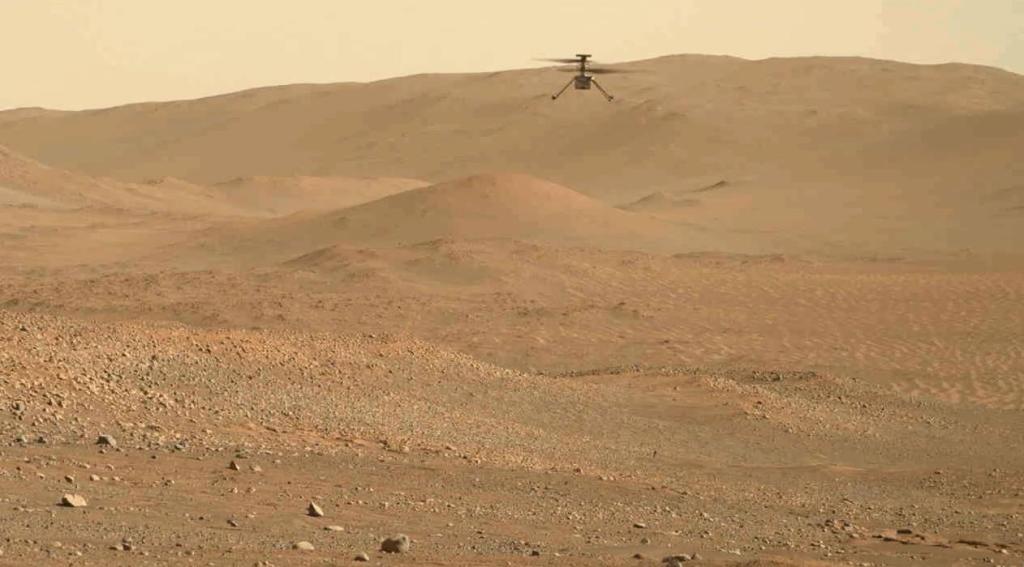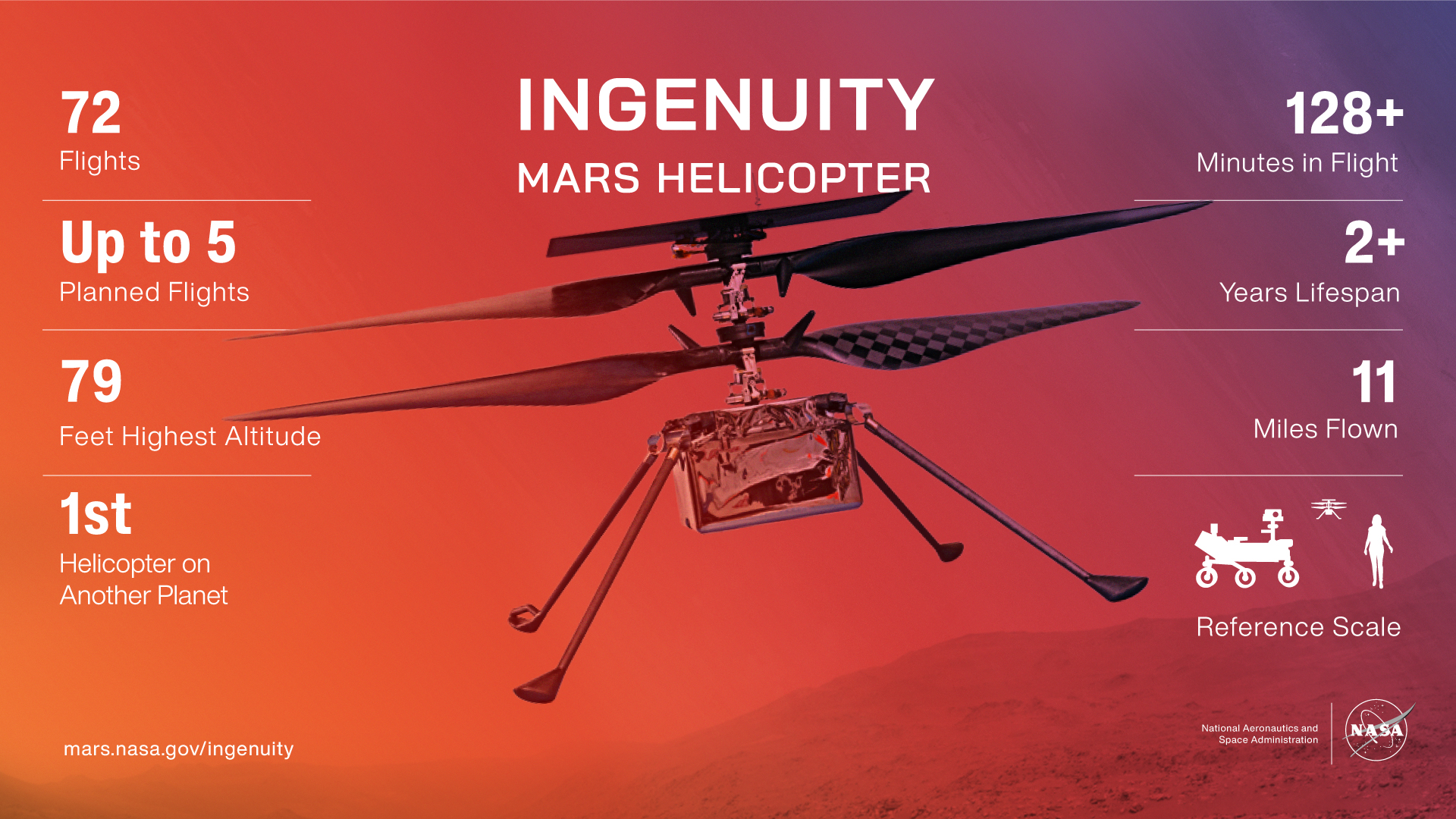
After 93 days on orbit, Starliner is coming home.
The spacecraft is a “go” for undocking from the International Space Station at 6:04 p.m. EST, though it will be leaving its two-person crew behind, and you can watch the drama unfold live.
Those crew members, NASA astronauts Butch Wilmore and Suni Williams, closed the hatch on Starliner for the final time earlier today. They’ll be monitoring the spacecraft as it makes its way through the atmosphere this evening, before eventually landing in New Mexico shortly after midnight.
Boeing’s Starliner spacecraft launched to orbit on June 5. This crewed test mission was the critical final step before the company could start providing regular crew transportation services to the space agency, as part of a $4.2 billion contract it won way back in 2014.
But the spacecraft experienced technical issues shortly before docking with the space station, including several malfunctioning thrusters and helium leaks in the propellant system. While NASA and Boeing engineers spent weeks trying to understand the root cause of the issues — and ultimately extending the mission from seven days to more than 90 — the space agency ultimately decided that Starliner should make its return to Earth empty.
Wilmore and Williams will stay on the station until February 2025 and return on a SpaceX Dragon capsule instead. SpaceX is currently the only American provider of astronaut transportation services. Boeing is meant to be the second, and the aerospace firm says it’s committed to continuing with the Starliner program despite the anomalies. But it’s unclear how long it will take for the company to have the next spacecraft ready for a test mission.
NASA will start streaming coverage of Starliner’s departure at 5:45 p.m. EDT. Click on the video below to watch. But wait, there’s more!
The spacecraft is expected to make a soft landing using parachutes and airbags at New Mexico’s White Sands Missile Range shortly after midnight EDT. Willcox, Arizona, Dugway Proving Ground in Utah and Edwards Air Force Base in California are also available as back-up landing sites. NASA will cover the reentry and landing in a separate stream that begins at 10:50 p.m. EST — assuming all goes well, you can watch the landing below.








